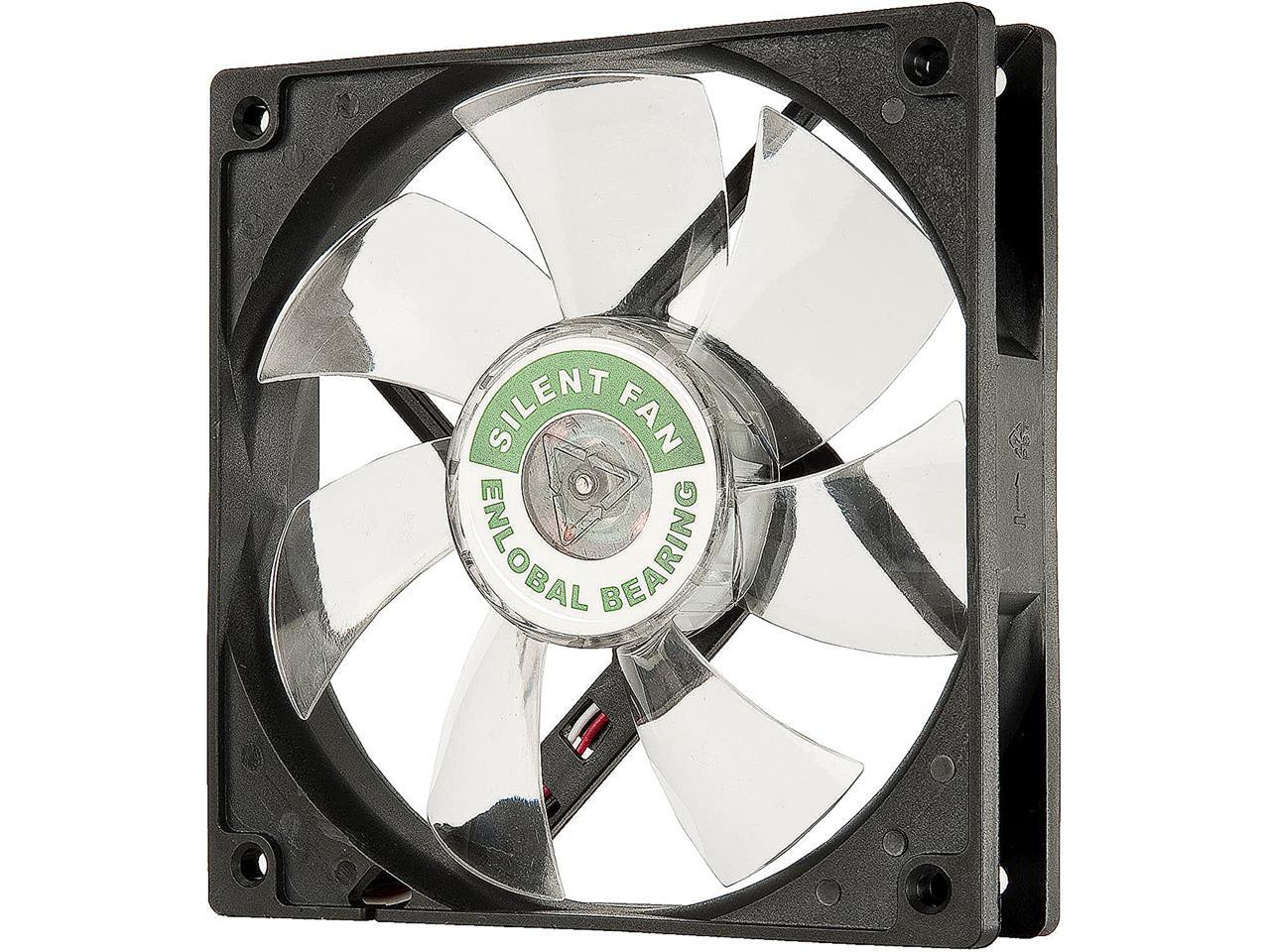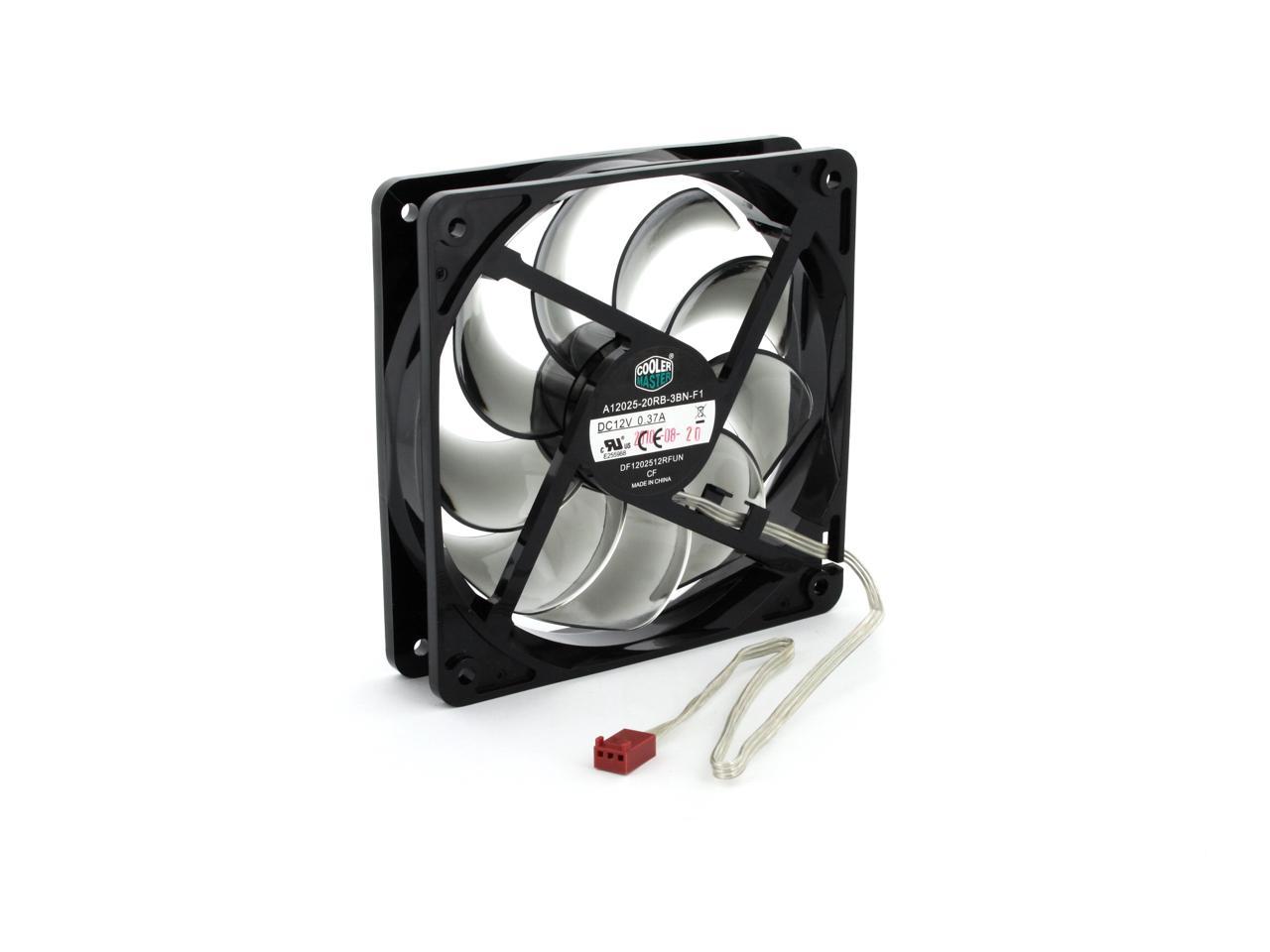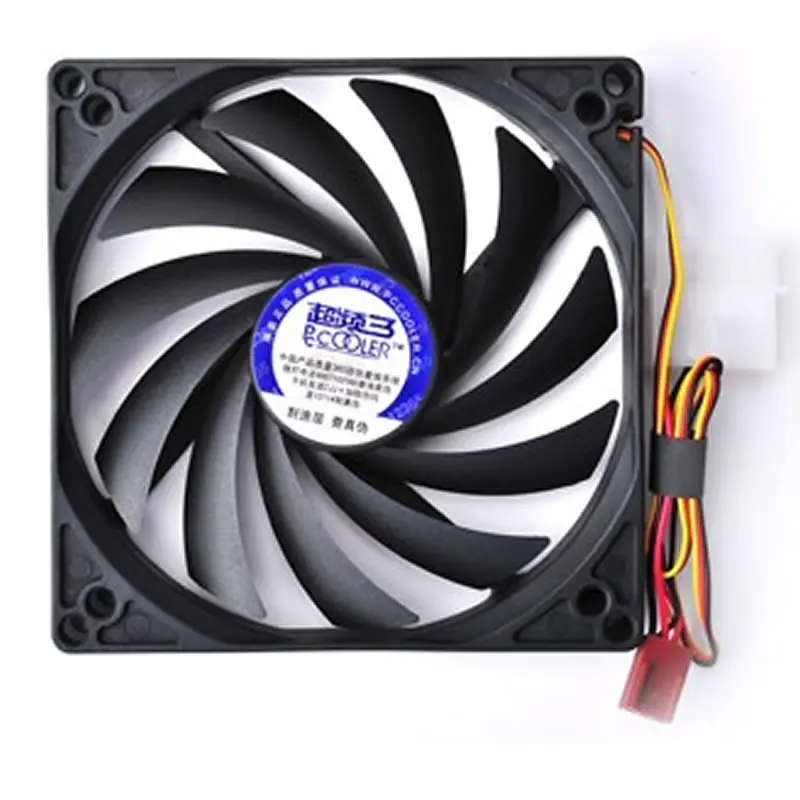

Modern cable management features are present, but their usefulness is dubious due to the laughable amount of space behind the motherboard tray. The top hard drive cage is removable allowing for a long graphics card, but only if it’s installed in the 4th or 5th slot, an option not available on most budget motherboards. The bottom hard drive cage is an inconvenience, requiring the intake fan to be removed first to properly secure the drives. The thinner construction makes the side panels prone to vibration. The thermal and acoustic performance of the 450 could be overlooked given the cost of the case, but there are a laundry list of other issues as well. If the front bezel is going to be the main source of intake airflow, the vents should be as wide as possible and run all the way up the sides. Both Silencios showcase the number one problem with “quiet” cases: they tend to block out noise by sealing up every hole possible resulting in poor airflow and high temperatures. However neither case performed particularly well, being easily beaten by the much-lauded Antec Solo II. Adding a moderately powerful graphics card heated up things considerably in both cases, but ultimately the 550 got the worst of it due to its underpowered fans. In our first test configuration, we setup the Silencio 450 with a relatively low power IGP based system and it performed on par with the Silencio 550 - not surprising seeing as they share the same basic layout. idle, rear and front fans at 7V, CPU fan at 12V (21 load, rear and front fans at 9V, CPU fan at 12V (27 load, rear and front fans at 12V, CPU fan at 12V (29 THOUGHTS idle/load, rear and front fans at 7V, CPU fan at 9V (19 load, rear and front fans at 7V, CPU fan at 12V (20 Cooler Master Silencio 450 – Radeon HD 4870 test system at 1m 7V (16~17 9V (21 12V (25~26 Cooler Master Silencio 450 – Radeon HD 3300 IGP test system at 1m

Against a more formidable foe in the Solo II, the Silencio 450 manages to be a tad quieter, but with much higher temperatures. Housing our HD 4870 configuration, the Silencio 450 cooled slightly better than the Silencio 550, probably due to its higher speed fans. *Nexus 120 mm fan added as bottom intake. System temperatures and noise levels were recorded with SpeedFan and GPU-ZĪt idle and on load using CPUBurn (K7 setting) and FurMark, an OpenGLīenchmarking and stability testing utility.Īll temperature results adjusted to 22☌ ambient.

Silenz 100 case fan windows 7#
Windows 7 operating system – Ultimate, 64-bit

Silenz 100 case fan pro#
Silent Pro M700W – modular ATX power supply Frosted plastic subdues the large blue LED inside, lighting up the outside of the Cooler Master logo without blinding brightness.


 0 kommentar(er)
0 kommentar(er)
